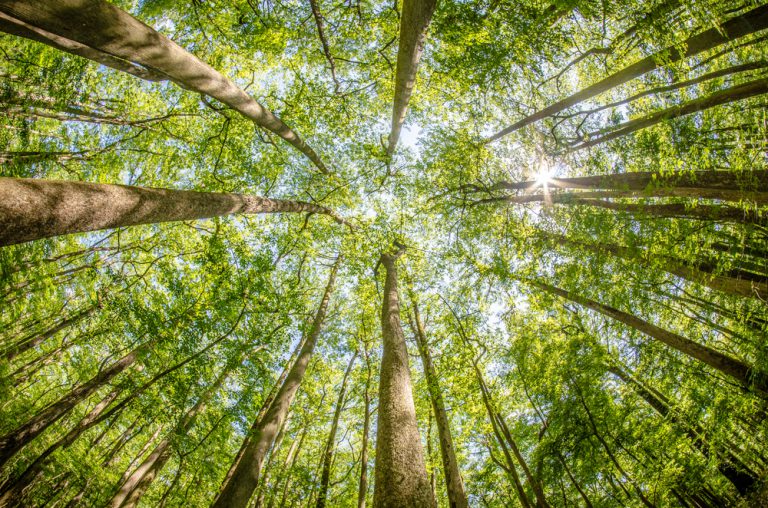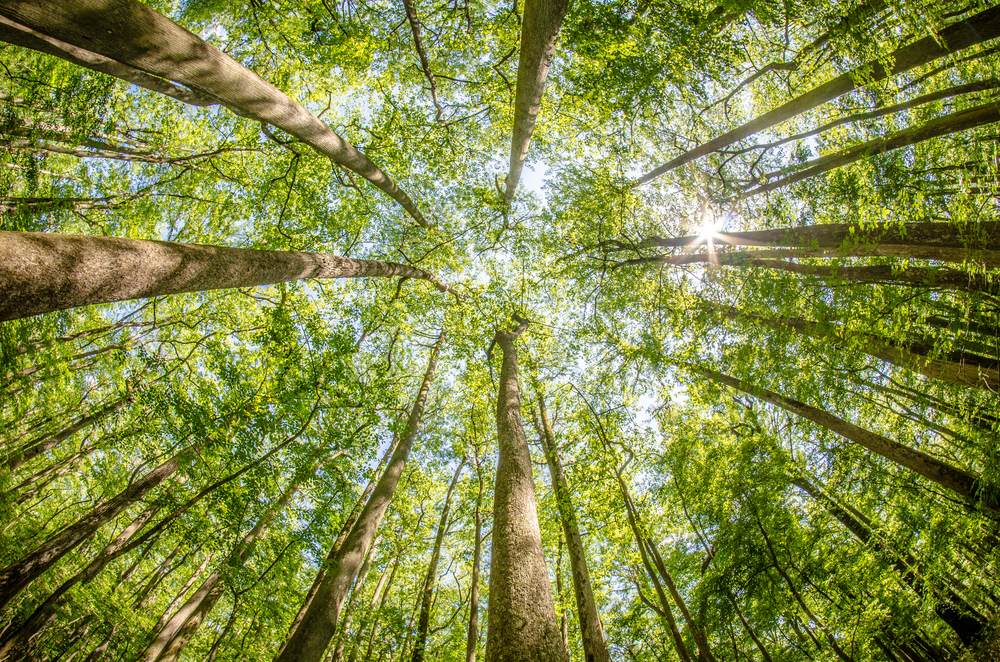
The largest intact copse of old-growth bottomland hardwood forest in the southeastern United States, Congaree National Park is a landscape where you can walk back in time: these stately trees somehow escape the efforts of lumberjacks and builders, whose sharp axes and chainsaws spelled the end to so many of our native forests.
A popular destination for hikers, canoers, and kayakers, Congaree is the kind of place people go to get away from it all and forget the hustle and bustle of their urban lives. But along with its physical and natural history, Congaree National Park boasts an important and impressive human history, as well. In fact, the very name of this present-day managed wildlife is taken from the Congaree Native Americans who lived there so long before we imagined land was something to own and parcel.
The Indigenous History of Congaree National Park

Also sometimes spelled Conagree, the Congaree people lived for centuries in present-day South Carolina, along the lengths of the Santee and Congaree rivers and both above and below the confluence of the Wateree. Although early observers mistook them for part of the Siouan-language-speaking tribes that surrounded them, later study showed that they were a distinct and unique culture.
Unfortunately, the Congaree people went extinct in the 18th century, with a vast swath of the tribe being lost to smallpox in the late 1600s. The few remaining Congaree survivors merged with the larger and well-established Catawba tribe, which is still present in the Carolinas today and federally recognized. Some of these tribe members are likely descendents of the Congaree, who live on in the name that has been appointed to these, their ancient ancestral lands.
Paying Respect to the Land
Too often, the longstanding history of the places we consider sacred and special today goes unheard. Reading up on the Native American history of a place is a good first step toward understanding one’s position in its overall context. While the history available on the Congaree themselves is fairly limited, you can always check out the useful resource available at Native Land to learn whose ancestral grounds you’re walking on, be it today considered a national park, wilderness, or city.
Paying respect to these tribes, and the land itself, also requires some physical duties. Namely, it’s important to continue the tradition of stewardship that was started for us by these ancient peoples: we should work to leave the land as it was when we found it, or even in better shape, for those who will come after us.
Leave No Trace is one of the best-known set of practices for respectful exploration and stewardship of natural landscapes, and includes important points like packing out all the trash you pack in, minimizing the impact of campfires, and respecting local wildlife. While Congaree National Park includes campsites for tent campers only (and not RV campers), hikers and visitors can still do their part to avoid littering the trails with trash or interacting in a negative way with the flora and fauna they find there — and always remember to take nothing with you but pictures. (In a place as beautiful as Congaree National Park, that’s really all you need — those and the memories you’re sure to make.)

